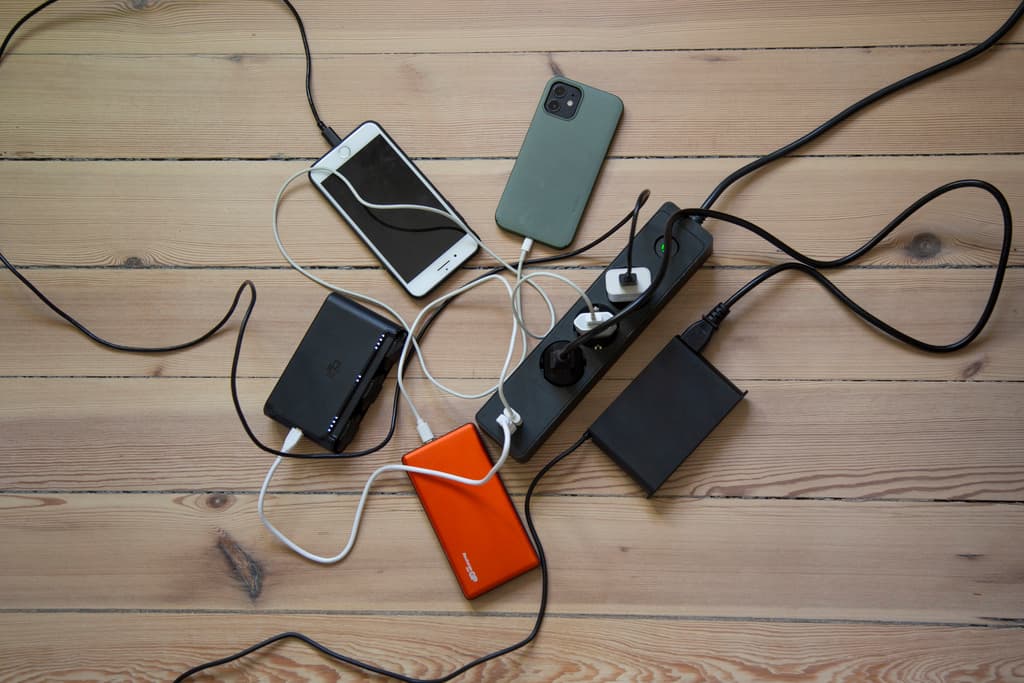Do not charge your electric scooter in the hallway or your mobile phone on the couch – and keep an eye on the battery temperature. These are some of the expert tips on how to avoid starting a fire at home with your rechargeable gadgets.
The number of fires and fire incidents related to charging electric devices has increased significantly over the past five years, in line with the growing number of rechargeable products.
According to statistics from the Swedish Agency for Civil Contingencies (MSB), 55 fires or fire incidents that started in batteries or battery chargers occurred in 2018. In 2023, the corresponding figure was 110, an increase of 100 percent.
The lithium-ion batteries found in many products today, such as electric bicycles, electric scooters, computers, and tools, do not catch fire more often than other products. However, when they do, the process is extremely rapid and the consequences can be extensive.
This is according to Per Samuelsson, department head at the Swedish Electrical Safety Agency, who has several tips on how to charge safely. The first is to read the instruction manual.
If you read your instruction manual, it usually says that the battery should have reached room temperature before charging. If you charge a very hot battery because you rushed home with your electric bike, for example, or if it has been left outside and become very cold, there is an increased risk of fire, says Per Samuelsson.
Increased risk
Another risk is if the battery has suffered mechanical damage.
Even mechanical damage to this type of battery can cause it to catch fire when charging. If it has been dropped or received a blow, it can increase the risk.
If a lithium-ion battery catches fire, the fire spreads very quickly.
It's almost like an explosion. A chemical chain reaction occurs that creates a very high temperature, causing the battery to almost self-ignite, says Samuelsson.
Burning lithium-ion batteries are also difficult to extinguish, and battery fires can spread quickly.
If you charge your electric scooter in the hallway where there are clothes hanging in an apartment, you may have blocked the only way out if it starts to burn.
Skipp the couch
The risk of spreading is also why you should not charge your mobile phone or laptop in the couch or bed. And when it comes to all charging, it should be done "under supervision" according to the Swedish Electrical Safety Agency.
This does not mean that you should stand and stare at your battery while charging, but it means that you should be at home and awake. You can go and check the battery to make sure it's not getting too hot. When the charging is complete, unplug it, says Per Samuelsson.
Beatrice Nordensson/TT
Facts: Tips for safe charging at home
TT
There are several measures to take to charge lithium-ion batteries safely at home:
1. Read the instruction manual.
2. Make sure the battery has reached room temperature.
3. Do not charge near flammable materials.
4. Charge with the right charger for the right battery. Even if another contact fits the battery, it may have a different charging voltage, which can increase the risk of fire. (Does not apply to USB charging).
5. Be aware of any mechanical damage to the battery.
6. Buy CE-marked batteries where it is clear who manufactured and sold them.
7. Charge under supervision. This means being at home and awake when charging.
Source: Per Samuelsson, department head at the Swedish Electrical Safety Agency





